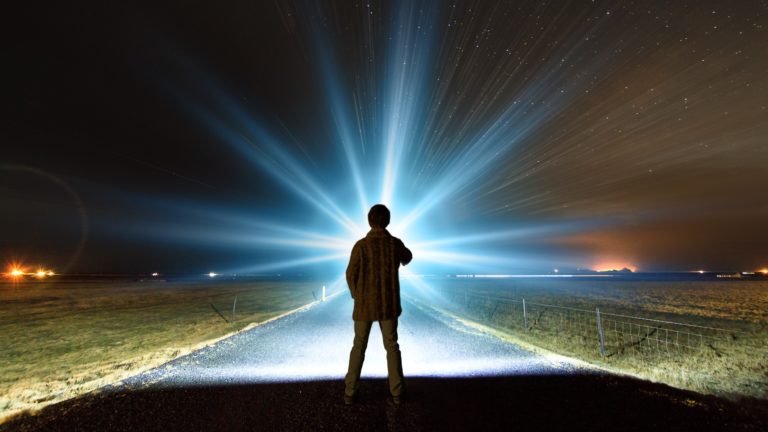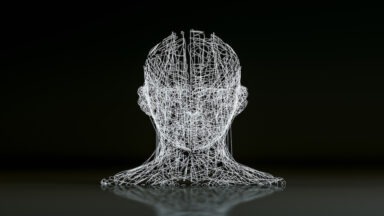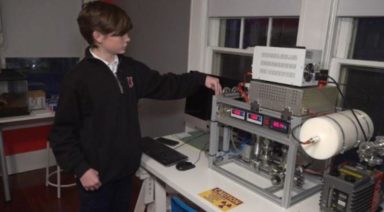Corporations Are Testing Ways to Advertise to Us in Our Dreams

Every day we are under a constant barrage of advertising, as some estimates say the average person can see up to 10,000 ads in a day. Now, are the advertisers coming for our dreams?
Henry David Thoreau once wrote, “[D]reams are the touchstone of our characters.” But for some companies, dreams might be the touchstone for advertising their products.
According to theHUSTLE.com, companies like Molson-Coors are conducting experiments to infiltrate your subconscious and make you dream about their products. Last year, volunteers were reportedly asked to watch this strange, trippy video laden with Coors imagery.
The volunteers then went to sleep while listening to audio from the video. Coors wanted to, “shape and compel” the subconscious to dream about their products, and apparently, it worked.
About 30 percent of the participants reported Coors in their dreams. One woman told theHUSTLE she had a series of “weird Coors dreams.” Later she said they were brought into a focus group where she said, “We all felt like lab rats… it just didn’t really sit right.”
This type of suggestive behavior to elicit specific dreams is called “Targeted Dream Incubation,” or TDI.
Where, for example, the brain is trained, while awake, to associate a sound or smell with an item. Then as the person goes to sleep the sound or scent is introduced and the person will dream about the associated item. Sleep researchers argue the treatment aspect of TDI shows many positive implications including helping with depression, alleviating PTSD, fighting addiction, and helping us learn.
But as MIT Ph.D. student Adam Haar Horowitz, said in an interview, “On one hand, dream manipulation is gaining acceptance and has all these great applications…”
“And on the other hand, it’s, ‘Oh sh*t, the advertisers are coming.’”
Coors is not the only company looking into dream ads; Microsoft, Sony, Burger King, and some airlines are reportedly looking into TDI advertising as well.
For now, this is a voluntary practice as there must be an auditory stimulus during sleep for it to work. But some warn with the rise of smart devices, unethical advertisers could send signals through smart speakers in our sleep without us knowing.
In fact, sleep researchers are so concerned, that last year they wrote an open letter signed by nearly 40 scientists, warning that, “[O]ur dreams cannot become just another playground for corporate advertisers.”
Our dreams are the most personal, intimate part of our psyche.
As Robert Stickgold, Harvard Medical School psychiatry professor and dream researcher told theHUSTLE, “All night long, your brain is reprocessing memories from the previous day, connecting them with other memories, sifting through the residue to decide which ones to keep, and stabilizing them.”
“Our dreams are literally creating who we are.”
Gaia's Top 10 Seeking Truth Shows You Don't Want to Miss

You know there’s more than what we’ve been told by the government, media, and society’s dominant narrative; a clandestine cabal of the ruling elite, alternative historical narratives, an undisclosed extraterrestrial presence, and esoteric pathways to higher states of consciousness. Here are some of our latest picks to give you fresh insight into your quest to seek the truth.
1. Disclosure with Dr. Steven Greer
In conversations with Billy Carson, Dr. Steven Greer discusses the history of the UFO and Disclosure movements, as well as his personal experiences leading to his development of the CE5 (Close Encounters of the 5th Kind) protocols, a groundbreaking process that leverages advanced consciousness techniques to facilitate unmitigated human contact with ETs.
We explore Dr. Greer’s research into consciousness and technology as he shares his inspirational vision of our future as members of an intergalactic civilization.




































